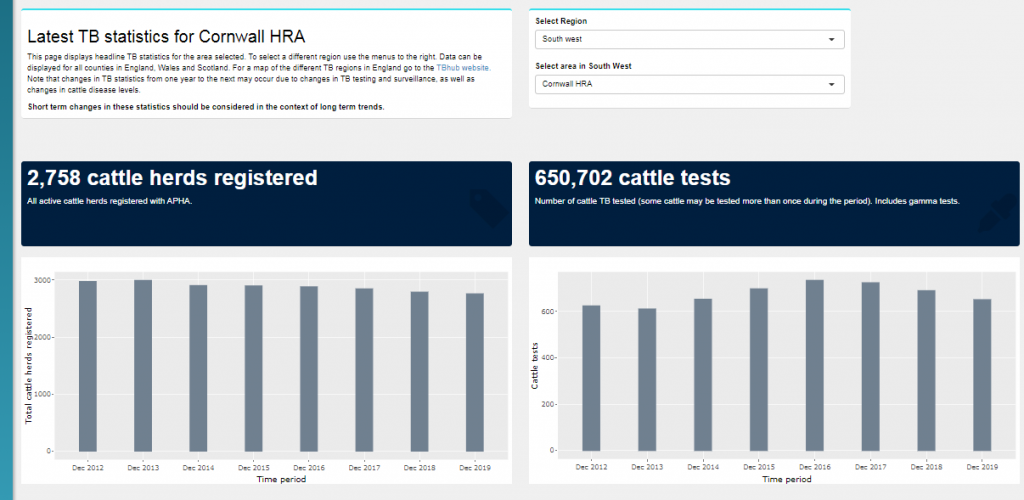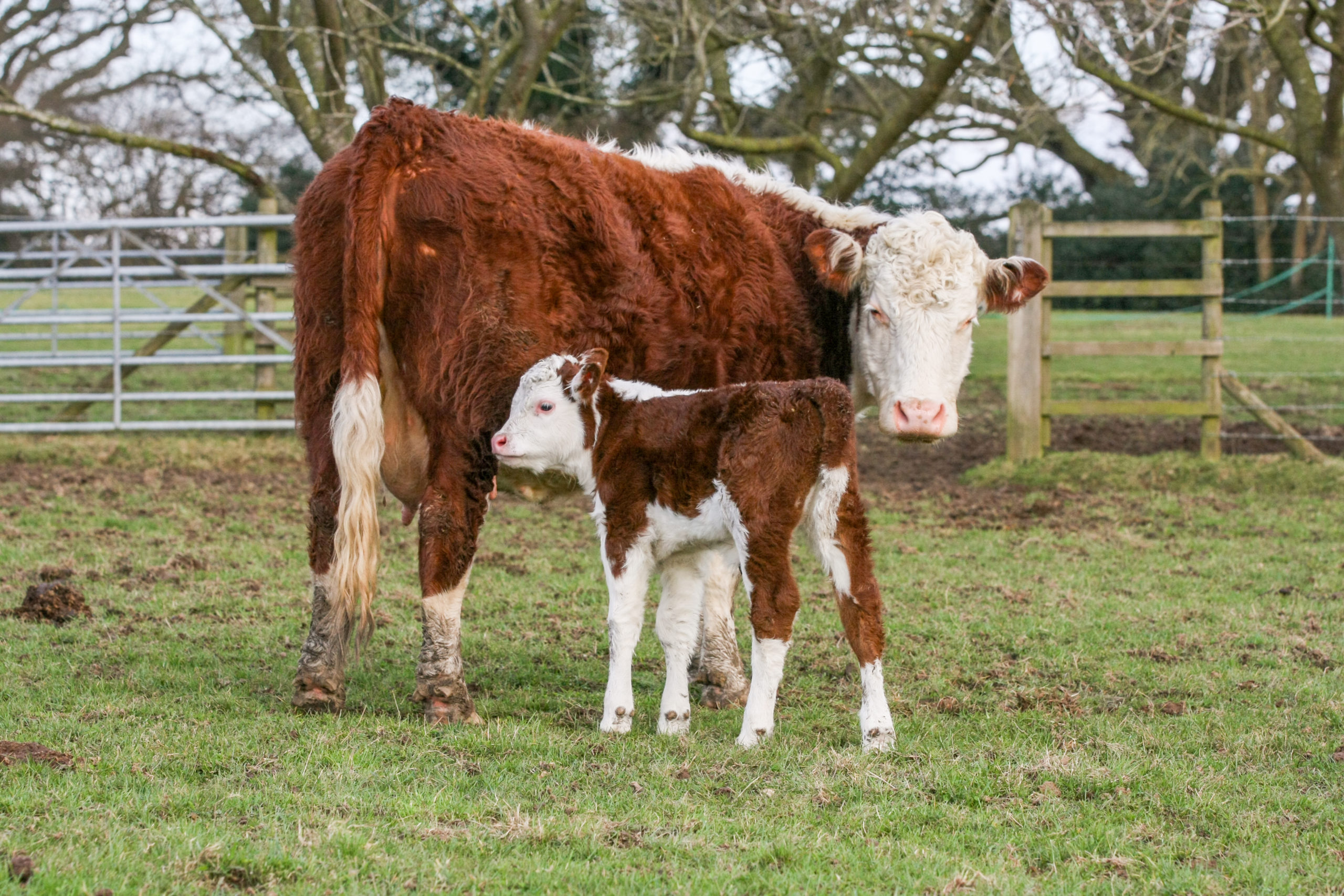Official bovine TB statistics
Defra publishes official monthly statistics on bovine TB in Great Britain. The statistics are obtained from the Animal and Plant Health Agency’s IT system (SAM), which is used for the administration of TB testing in GB. These statistics are a snapshot of the level of TB on the date on which the data were extracted. Bovine TB is a slow moving disease, therefore short term changes in TB statistics should be considered in the context of long term trends.

National bovine TB statistics
National Statistics are produced to high professional standards and undergo regular quality assurance reviews to ensure that they meet customer needs.
Defra publishes quarterly national statistics on bovine TB in Great Britain. The statistics are obtained from the APHA IT system (SAM), which is used for the administration of TB testing in GB. Again, because bovine TB is a slow moving disease, short term changes in TB statistics should be considered in the context of long term trends.
Interactive bovine TB stats dashboard
The interactive dashboard uses the latest national bovine TB statistics published by Defra. You can view headline TB statistics such as the number of TB incidents and animals slaughtered due to TB by county, TB risk area and country, and see how they change over time. The dashboard is fully interactive, allowing manipulation of how the data are displayed. It’s a useful tool for looking at the bovine TB situation both in your local area and nationally, and observing trends.
Bovine TB epidemiology
Epidemiology is the study of disease in a population and the factors that determine its occurrence over time. It examines the distribution of disease and risk factors for infection, in order to identify opportunities for intervention.
In the context of bovine TB, epidemiology reports are produced by APHA for the different regions of GB. These reports present an overview of the bovine TB situation along with detailed analysis of new and ongoing breakdowns and assessment of local risk factors. The GB-level epidemiology reports also include data on surveillance i.e. success in finding new TB cases.
At farm level, APHA field vets carry out disease investigation visits to farms with TB breakdowns, to gather epidemiological data on where infection came from and whether it could have spread.

